Now that SSDs have become popular, I believe everyone will have more or less SSDs installed on their computers. I heard that there has recently been a player who has assembled an SSD on his own. How does it speed up?
First, the principle of assemblyThe data working principle of the SSD is basically similar to that of the hard disk composed of "RAID 0". Each SSD is built by the principle of multiple storage particles through the disk array. When the SSD is working, read and write data evenly across all the particles. The more particles the faster, the more read and write channels per particle, and the faster the speed.
Now the core hardware of the TF card assembly SSD needs a TF to SATA RAID card. Through the master control on the riser card, the TF card read/write control on the inserted substrate is realized, and the read/write operation is performed on all the TF cards in an average manner. The greater the number of TF cards that are theoretically inserted into the substrate, the greater the capacity of the assembled SSD. With reference to the working principle of RAID 0, the more TF cards, the faster the reading and writing speeds.
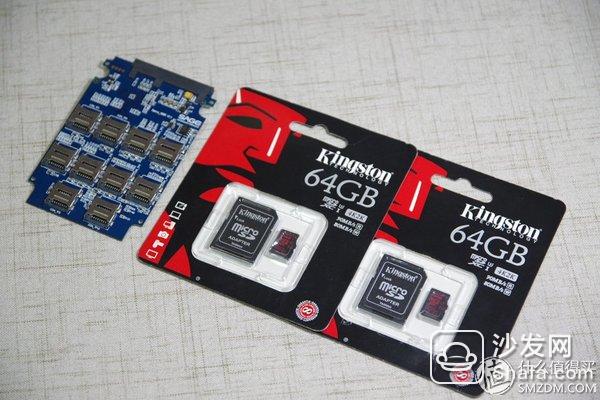
Now that we understand the principle of DIY SSD, we are now starting to implement it.
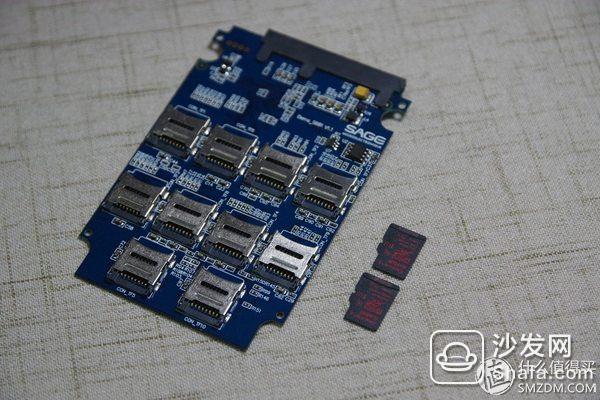
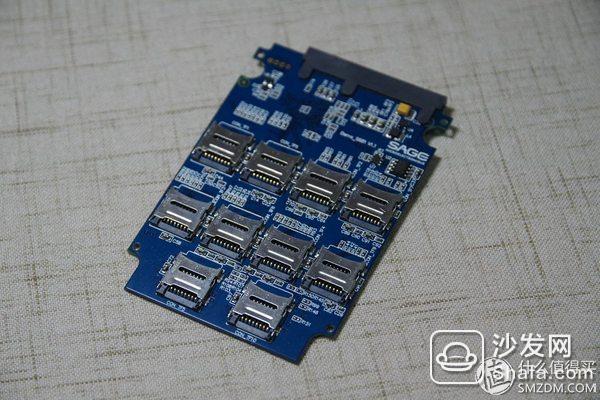
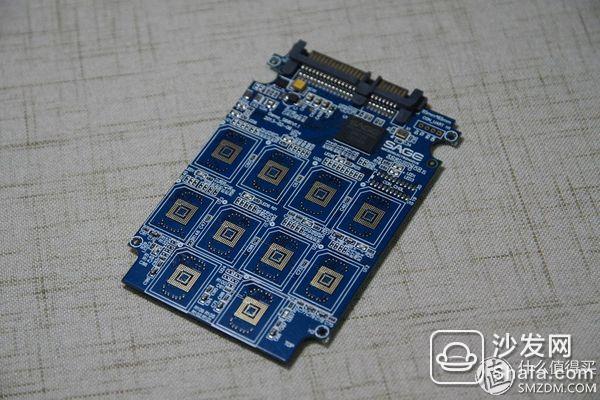
Randomly searched at Ma Yun home, this RAID card is everywhere. This RAID card is actually an SSD substrate, but only the master control, TF card slot, and EMMC reserve welding position have been soldered.
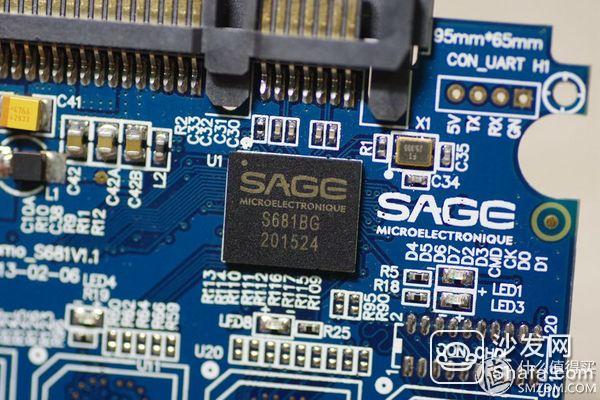
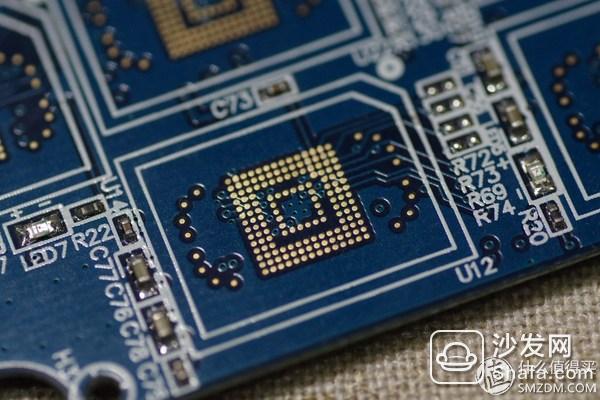
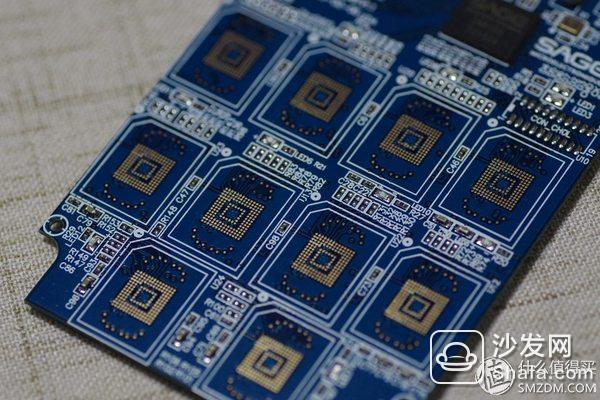
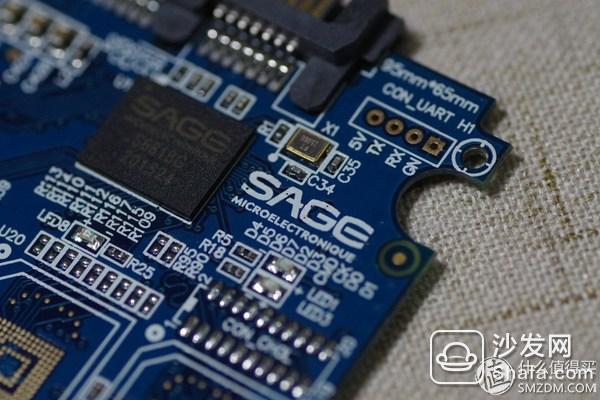
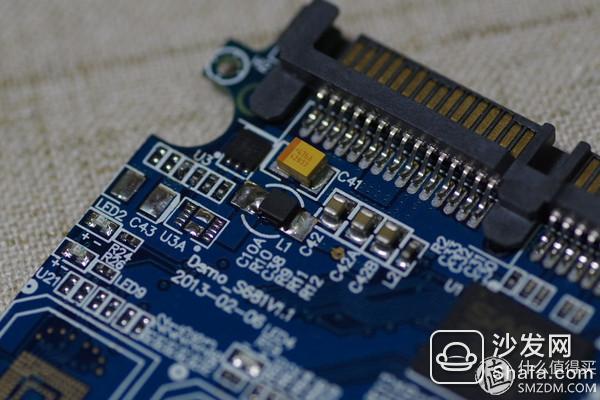
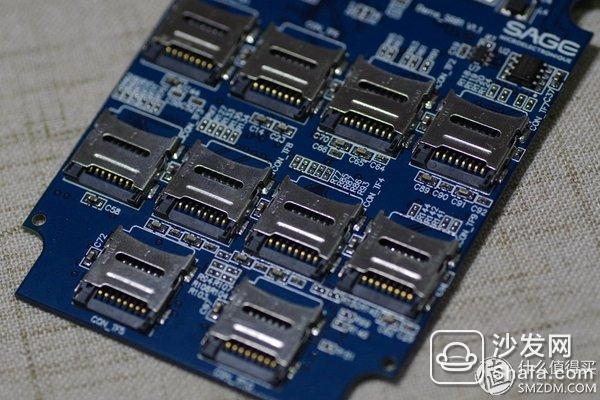
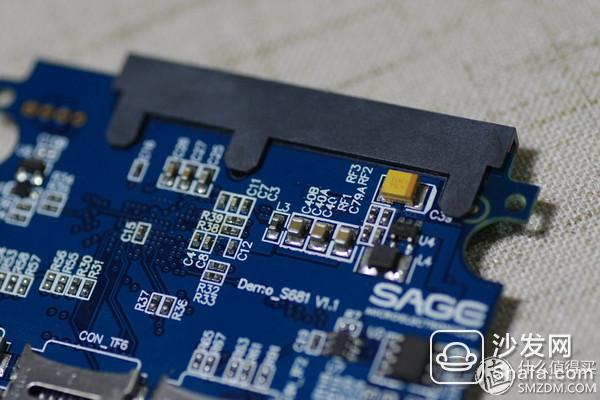
This RAID card's main control factory is "SAGE", which was developed by a company in Hangzhou. The overall observation of this adapter card is full of Huaqiang North's taste, and the work materials used by close-ups are also considered passable. This riser card has a total of 10 TF card slots and 10 EMMC welds, and requires no additional drive for plug and play. The assembled SSD has capacity and actual speed depending on the inserted T-card. The device is said to have a maximum read/write speed of 35MB/s per channel, and up to 350MB/S when filled with 10 channels.
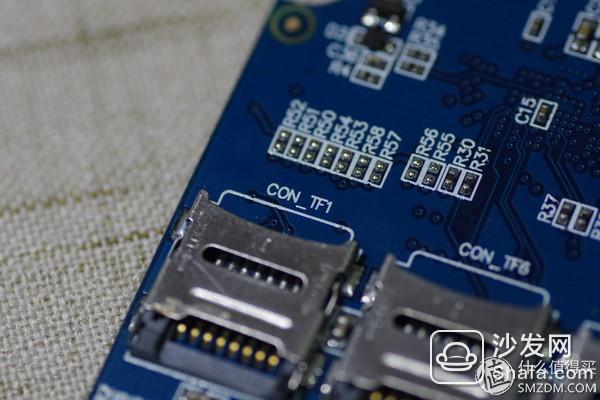
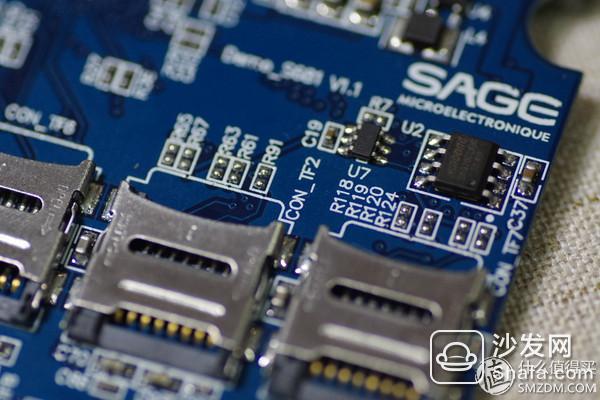
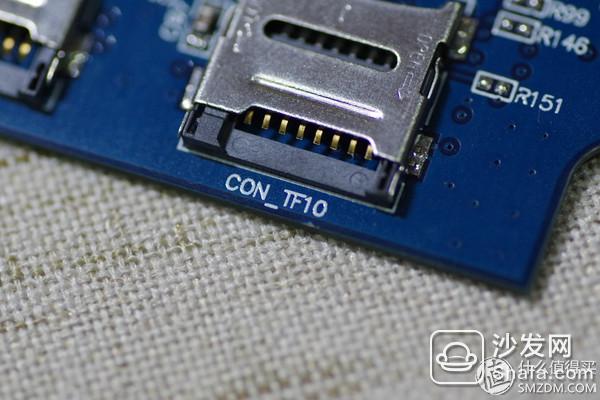
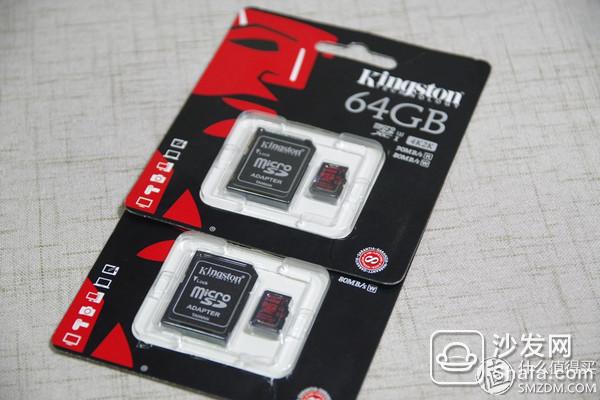

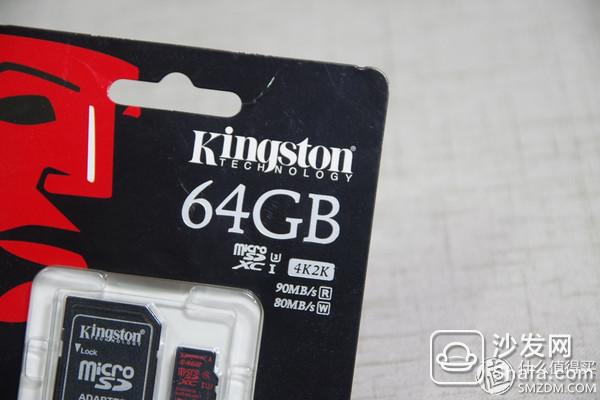
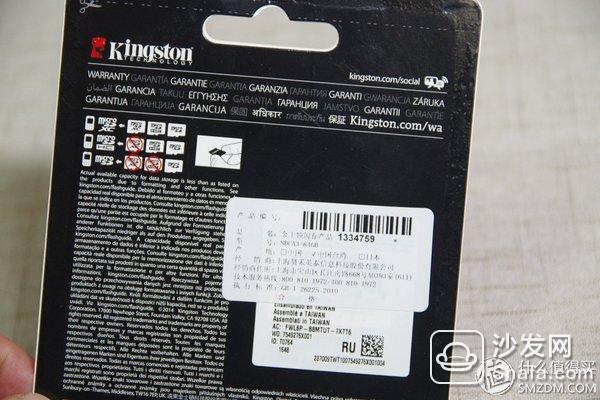
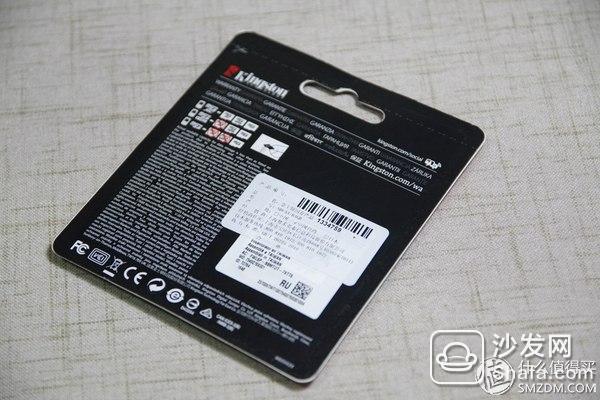
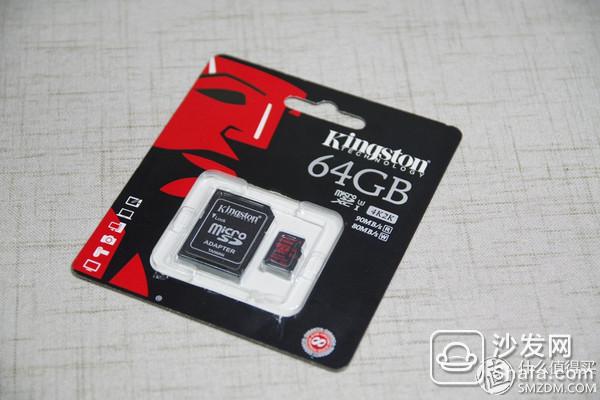
The TF card used to assemble the SSD is a Kingston China Red 64GB high-speed memory card. This card is UHS-I U3, with a nominal speed of 90MB/s and 80MB/s, suitable for high-speed continuous shooting and 4K shooting. Kingston's lifetime warranty is also something I value.
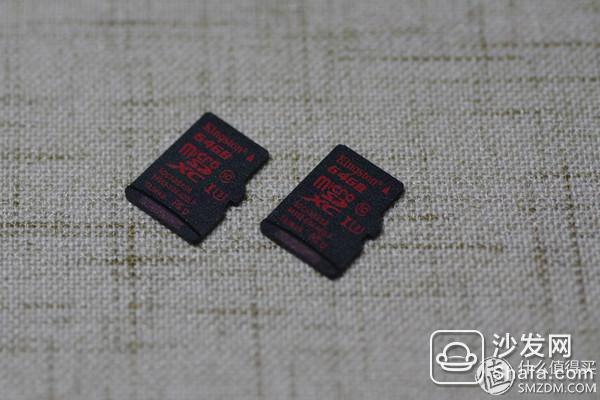
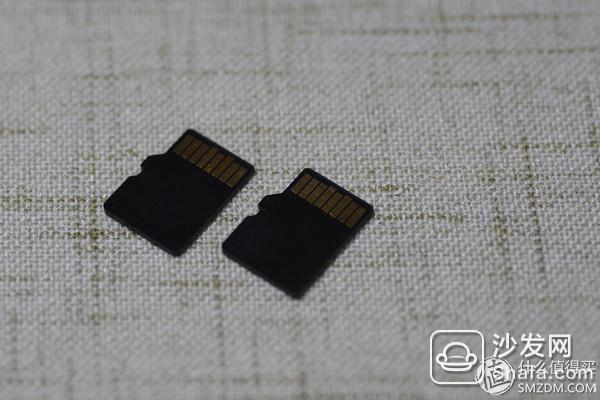
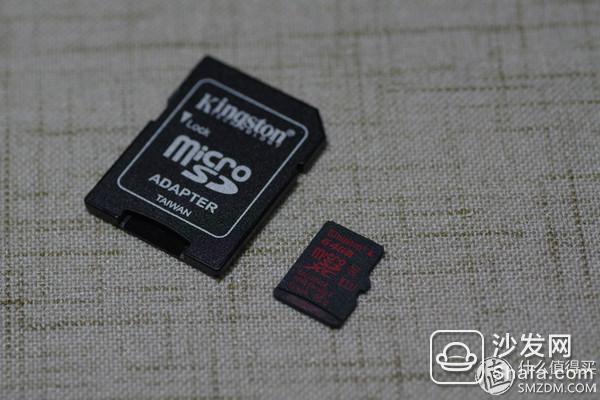
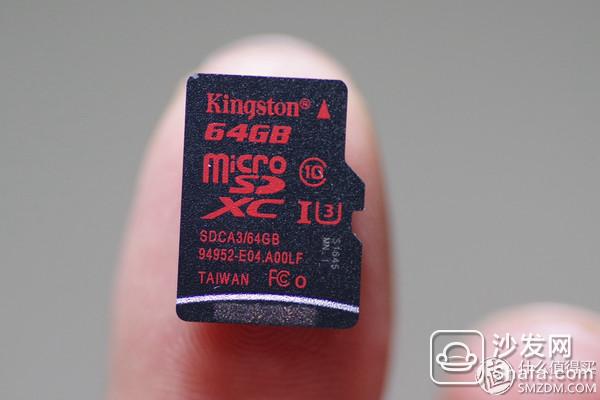
In order to facilitate the assembly into an SSD, two TF cards are purchased at one time for testing. As a TF card, it also comes with a TF to SSD card holder

Card slot lock

Card slot unlock
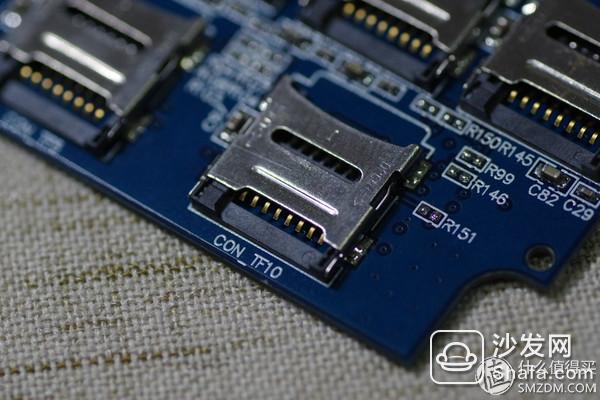
Open card slot
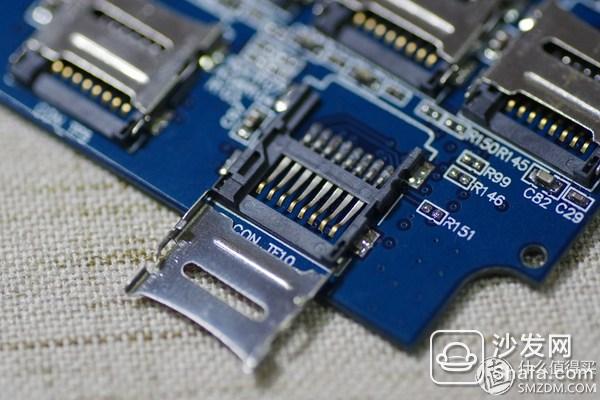
Put TF card
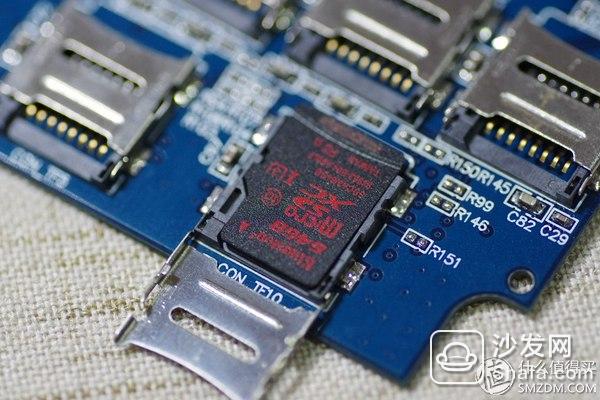
Card slot closed

Card slot lock
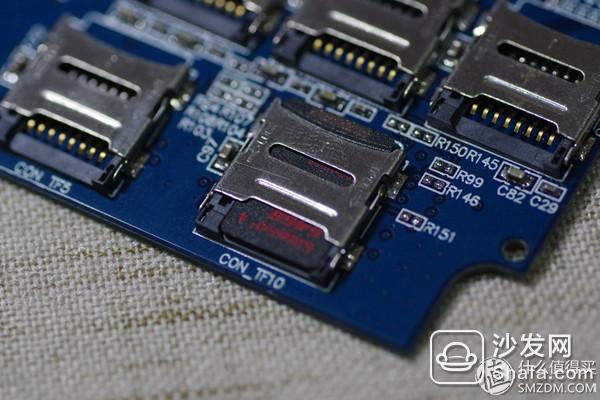
When installing multiple TF cards, the position of the TF card cannot be installed arbitrarily. You need to install in the order identified next to each slot. For example, "CON-TF1" means that the first card is inserted here, followed by "CON-TF2" until "CON-TF10".
Third, performance testing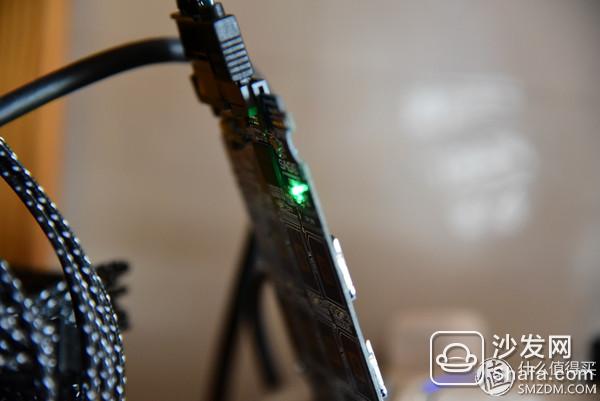
Install a single 64G TF card, SSD capacity is 64G version.
Disk information
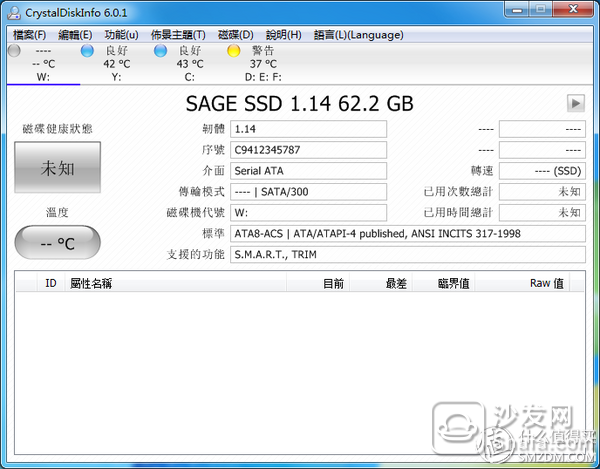
AS SSD Benchmark Test
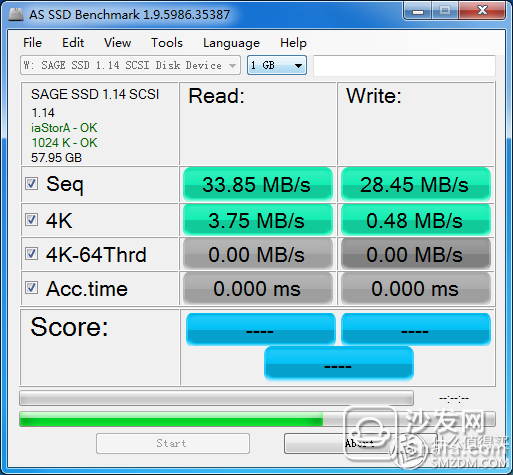
TXBench test
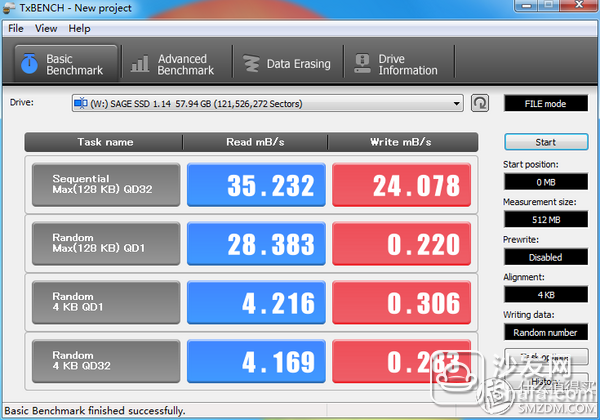
ATTO disk benchmarks test
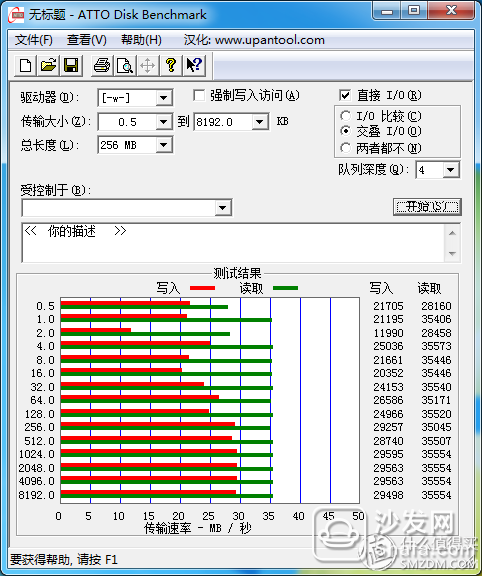
CrystalDiskMark test
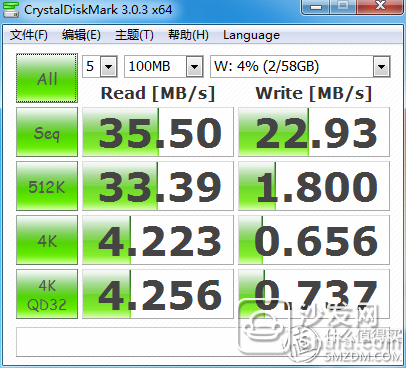
HD tune test
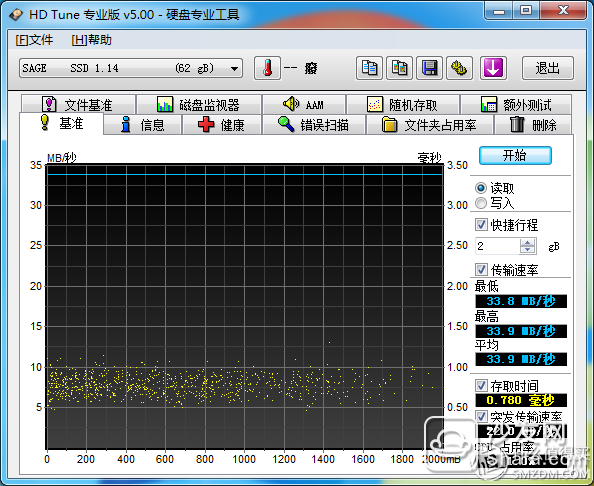
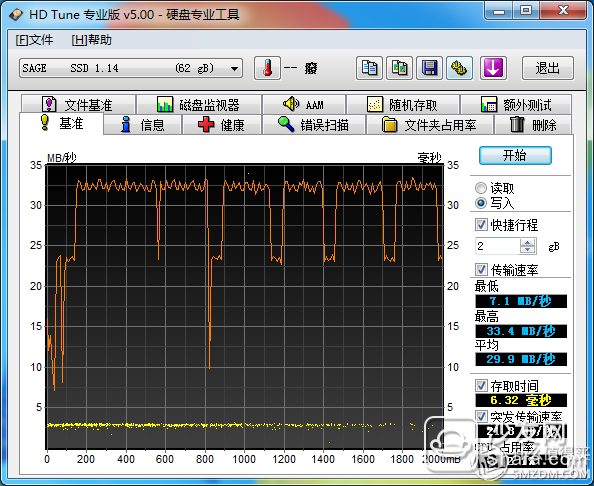
Two 64G TF cards are installed, and the SSD capacity is upgraded to 128G. The speed is tested and determined.
Disk information

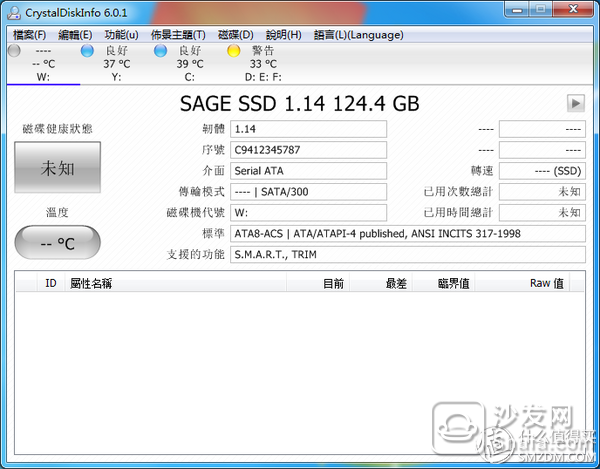
AS SSD Benchmark Test
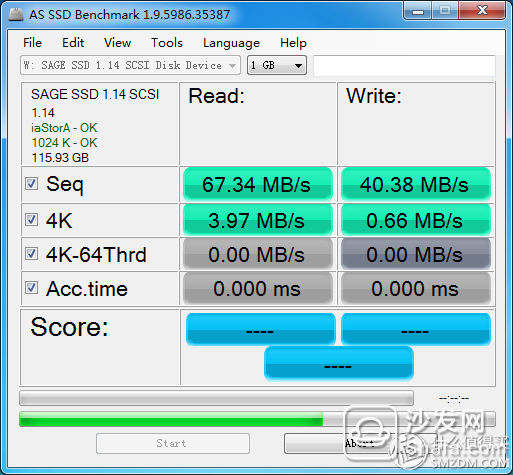
TXBench test
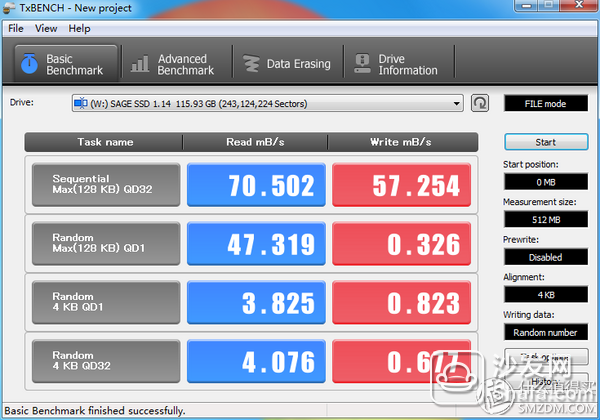
ATTO disk benchmarks test
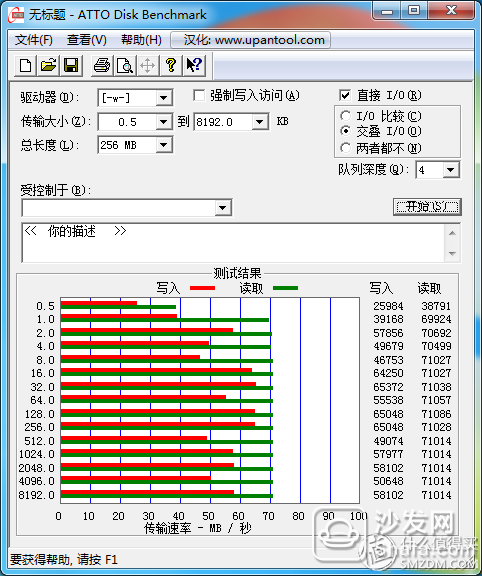
CrystalDiskMark test
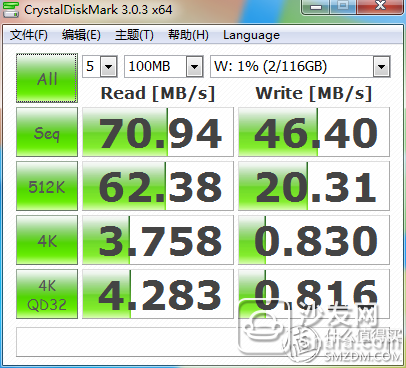
HD tune test
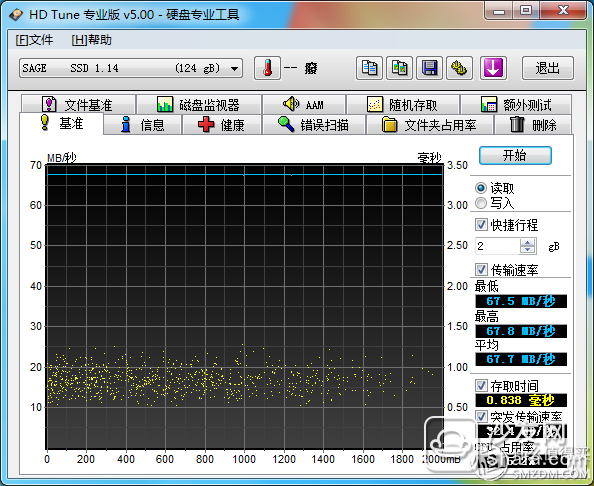
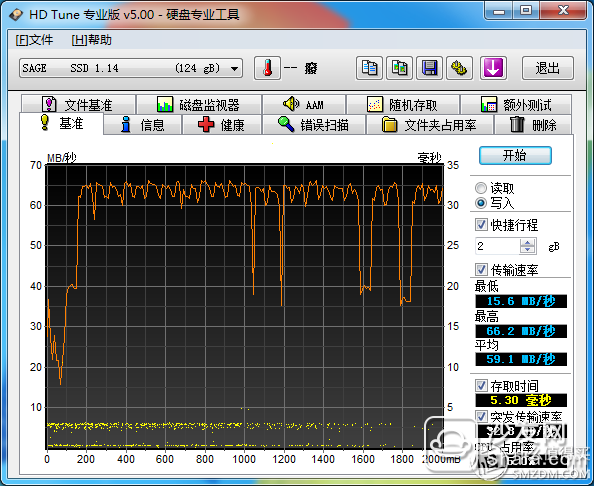
The trial of assembling SSDs with TF cards has come to an end. Although the whole process is not very complicated, the result is too painful.
1. The performance of the SSD composed of TF is unstable and cannot be fully tested by the AS SSD Benchmark. Although in the case of two TF cards, the performance was basically double that of a single TF card, other tests have also proved that the performance is not ideal.2, using TF to assemble SSD, from the cost point of view, it is not worthwhile, only for tossing play. TF to SSD adapter card sells for about 120 yuan, and two 64G TF cards sell for about 480 yuan, adding up to 600 yuan, but it can only assemble a 128G SSD. And 600 yuan can buy a good quality MLC particle 256G SSD.
3, product reliability issues, now commercially available TF cards are mostly TLC particles, so that the assembled SSD is also TLC particles. The lifetime of TLC particles has always been criticized. It takes time, effort, and money to purchase a finished SSD with MLC particles.
4. When using the TF card, this adapter card can only insert even TF cards. If you insert odd cards, the last TF card will be invalid. If three 64G TF cards are inserted, the assembled SSD has a capacity of 128G and the speed is the same as that of the two TF cards.
5. When inserting multiple TF cards, the TF card must be installed in the order from CON-TF1 to CON-TF10 due to the corresponding control relationship between the master control and the channel. If four TF cards are installed, the corresponding slots of CON-TF1, CON-TF2, CON-TF3, and CON-TF4 must be inserted, instead of inserting the TF card from left to right and from top to bottom. .
6. When multiple TF cards are used together, do not replace one or more TF cards arbitrarily. Once the TF card is replaced, the entire SSD information is initialized and the data is not complete.
7. Using this method to build an SSD, it is best to use a T-card with the same brand, capacity, and speed as the overlay so as to maximize the performance of the device. If multiple different TF cards are used at the same time, the capacity and speed of the “cask effect†are determined by the lowest speed, lowest capacity TF card.
8. The instructions for use by manufacturers and merchants indicate that UHS-I is not supported, but this is not the case in actual use. The Kingston 64G China Red TF card used in this test is UHS-I U3, which can be used normally. It can be seen that manufacturers and merchants have not fully understood the mastery of SAGE.
9, the last sentence of advice, really do not recommend this toss.Computer Cabinet,Waterproof Computer Cabinet,Oem Cabinet Computer,Galvanized Pc Computer Cabinet
Huaian Qiangsheng Cabinet Co., Ltd. , https://www.qscontrolcabinet.com